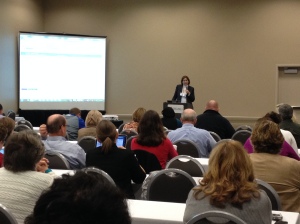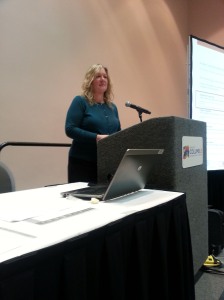Presenters: Sandi DiBacco, FIP Specialist, Northeast Region; Pat Martell, FIP Specialist, Northeast Region; Neil Roseberry, FIP Specialist, Northeast Region; Todd Stuart, Director of Curriculum, Instruction and Professional Development, Nordonia Schools; Casey Wright, Principal, Nordonia High School
Summary: Want to know what Formative Instructional Practices (FIP) looks like at high school level? Come to this session to learn about how Nordonia High School is building the capacity to use formative instructional practices. You will hear from regional FIP Specialists and educators about their personal learning journeys, including successes, challenges, and lessons learned.
Presentation:
Student Presentation:


